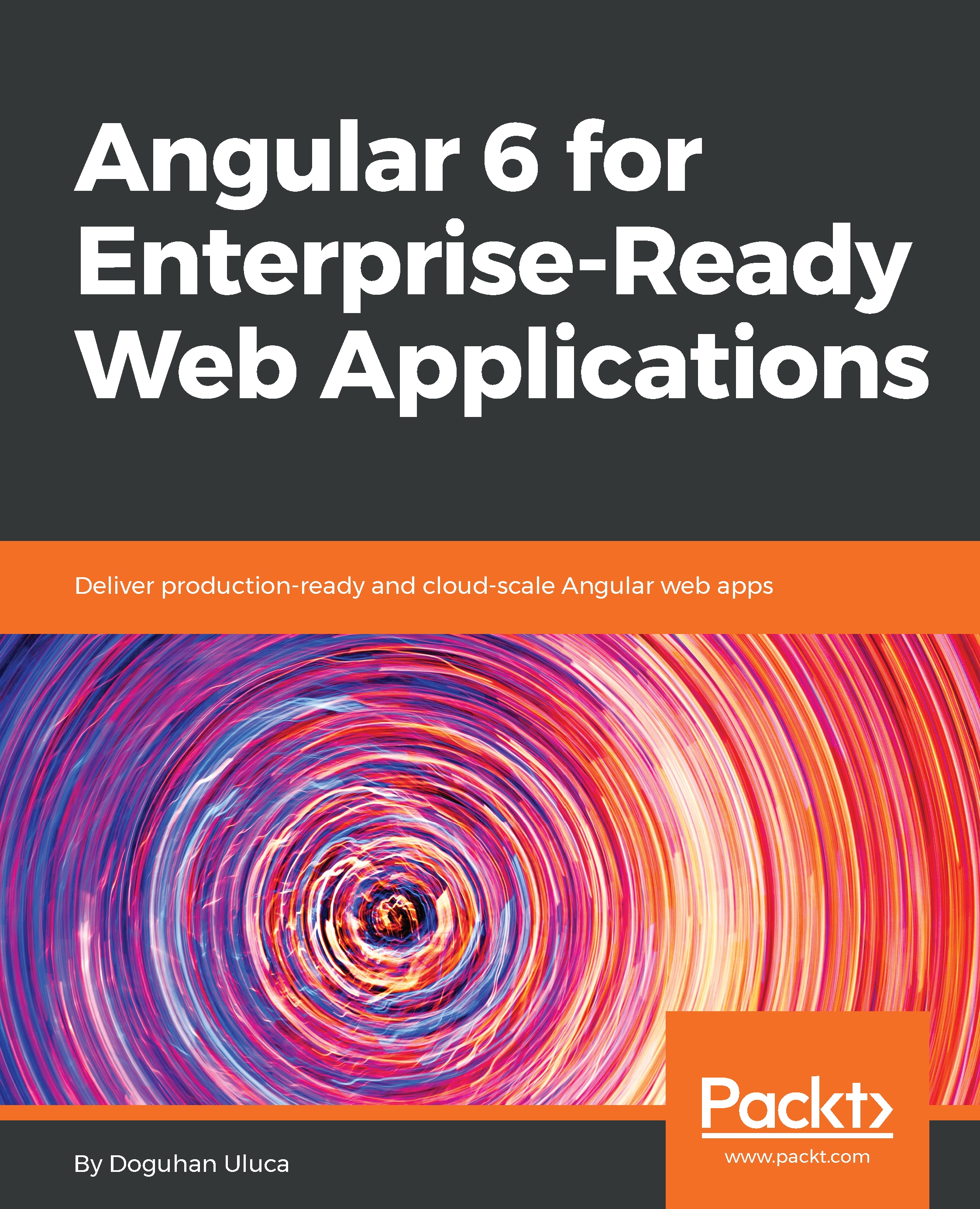So far, you've been working with putting together the basic elements that make up an Angular application, such as modules, components, pipes, services, RxJS, unit testing, environment variables, and even going a step ahead by learning how to deliver your web application using Docker and make it look polished with Angular Material.
In order to build truly dynamic applications, we need to build features that enable rich user interactions and leverage modern web functionality such as LocalStorage and GeoLocation. You also need to become proficient with new Angular syntax to effectively leverage binding, conditional layouts, and repeating elements.
You need to be able to work with Angular Forms to create input fields with validation messages, create engaging search experiences with search-as-you-type functionality, provide users a way...



